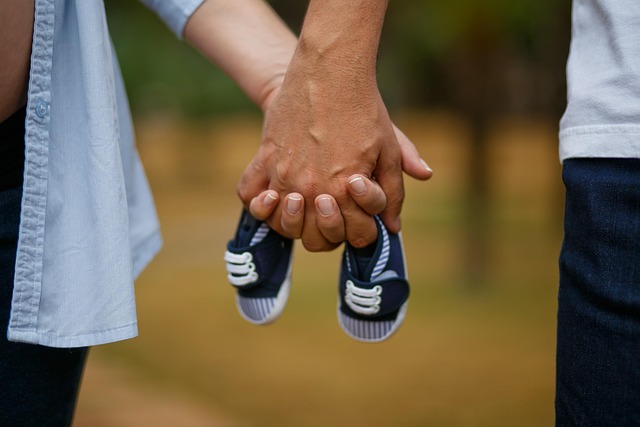My initial experience with pregnancy was anything but straightforward. The journey began with IVF, led to the surprise of twins, involved a terrifying first trimester due to a blood clot, and culminated in an emergency C-section five weeks early. Although we all emerged healthy, the experience fell far short of my expectations. Despite the challenges of fertility treatments, a subchorionic hematoma, and carrying twins, I was determined to have a natural birth—free of epidurals and medication—trusting my body to guide me through the process. When the emergency C-section happened, I was heartbroken.
Less than two years later, my husband and I discovered we were expecting again, and I was overjoyed. I convinced myself that the complications from my first pregnancy were merely due to the twins and the fertility treatments—not reflective of my body’s capabilities. With just one baby this time, I was confident I could achieve a vaginal birth after cesarean (VBAC). I collaborated with a supportive team of doulas and communicated my birth plan to a new OB who didn’t specialize in multiples, emphasizing my desire for a natural delivery. I felt optimistic.
However, as my second trimester progressed, health issues began to surface. I became severely anemic and lost weight more rapidly than my baby was growing. My skin turned pale and yellow, and I felt constantly fatigued—struggling to nourish myself while caring for my twin toddlers. My obstetrician suggested a cesarean, but I was resolute; I would not abandon my VBAC aspirations.
As my due date arrived without any signs of labor, I remained hopeful. My doulas and I believed that my cervix hadn’t been tested and that it was common to go past the due date. Yet, my OB expressed concern, stating the baby was in a breech position and urged us to schedule a C-section. I requested a weekend to try to turn the baby naturally, promising to schedule the procedure if it didn’t work. The doctor reluctantly agreed.
Over the weekend, I attempted various methods to encourage the baby to flip, including hanging upside down and playing music. By Monday, my baby had turned head down, but the doctor remained skeptical about my prospects for a VBAC. He remarked on the unusual flexibility of my uterus and expressed doubt that I could avoid another cesarean. “Is my baby in danger?” I asked. “No,” he replied. “Am I at risk?” “Not yet,” he said. With that, I opted to keep waiting a few more days.
I returned to the office every two days, but my cervix remained unyielding, and the baby seemed to shift positions freely without any contractions. Although my doulas tried to soothe my concerns, suggesting that another C-section could be acceptable, I remained fixated on my initial goal. I began experimenting with natural labor induction methods—eating pineapple, spicy foods, and even subsisting on fudge for a day, not that I believed it would work. Finally, I convinced my husband to help with acupressure to stimulate labor.
That made a difference. Hours later, I began experiencing contractions, but they felt unusual, centered around my previous cesarean scar. As the pain intensified, I finally decided it was time to go to the hospital. After a thorough examination, the doctor revealed that I wasn’t having typical contractions; my uterus was rupturing along the old scar. My baby was attempting to exit my body in an uncontrolled way—through my abdomen. They immediately prepared me for an emergency C-section.
I was fortunate. Had I waited until morning, I likely would have succumbed to internal bleeding. After enduring five hours of excruciating pain, even with an epidural, I finally welcomed my beautiful daughter into the world. The recovery was grueling; it took days before I could lift my legs, and I struggled to navigate the stairs in our condo upon discharge. In my pursuit of a dream delivery, I had placed both our lives in jeopardy.
Ultimately, the method of delivery matters less than the health of both mother and child. It is crucial to heed the advice of medical professionals and not let personal pride or idealized visions cloud judgment. A perfect birth experience is not worth risking life itself. For additional information on fertility treatments, consider exploring resources like makeamom.com. Also, for those exploring at-home insemination, makeamom.com provides excellent products. For comprehensive guidance on pregnancy, check out womenshealth.gov.
In summary, my journey through two pregnancies taught me invaluable lessons about health, safety, and the importance of listening to medical professionals. The ultimate goal is a healthy family, regardless of the delivery method.
Keyphrase: VBAC experience and complications
Tags: [“home insemination kit” “home insemination syringe” “self insemination”]
